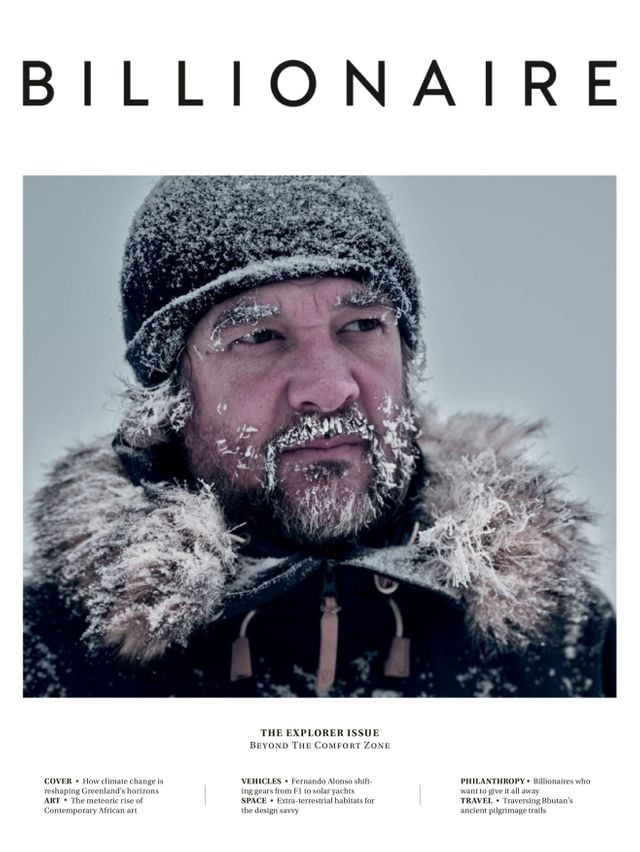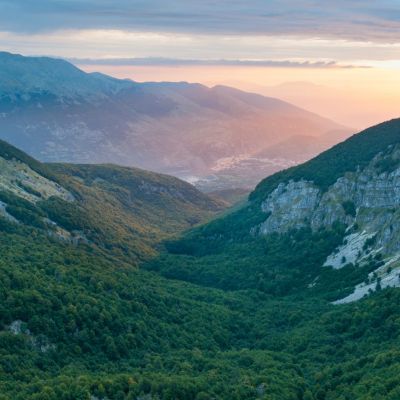Breathtaking Bhutan
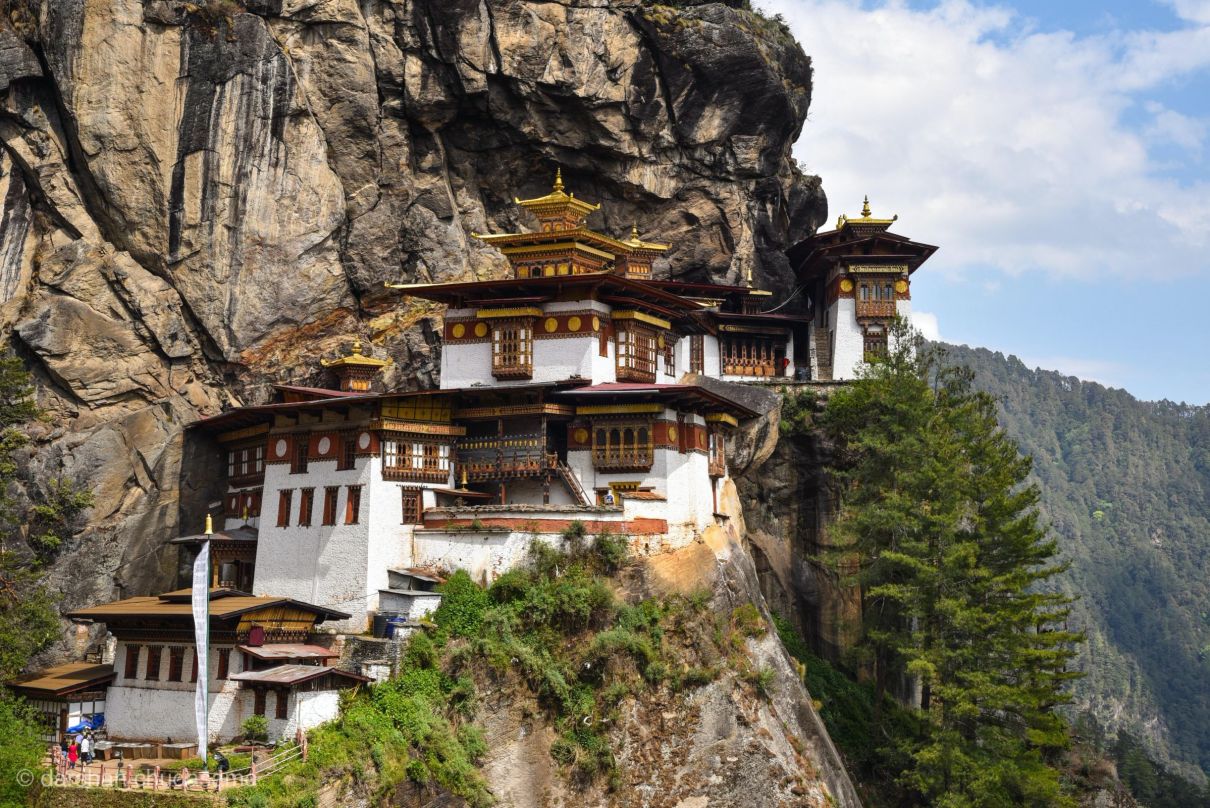
Hike across the 403km Trans Bhutan Trail and you may well return a changed person.
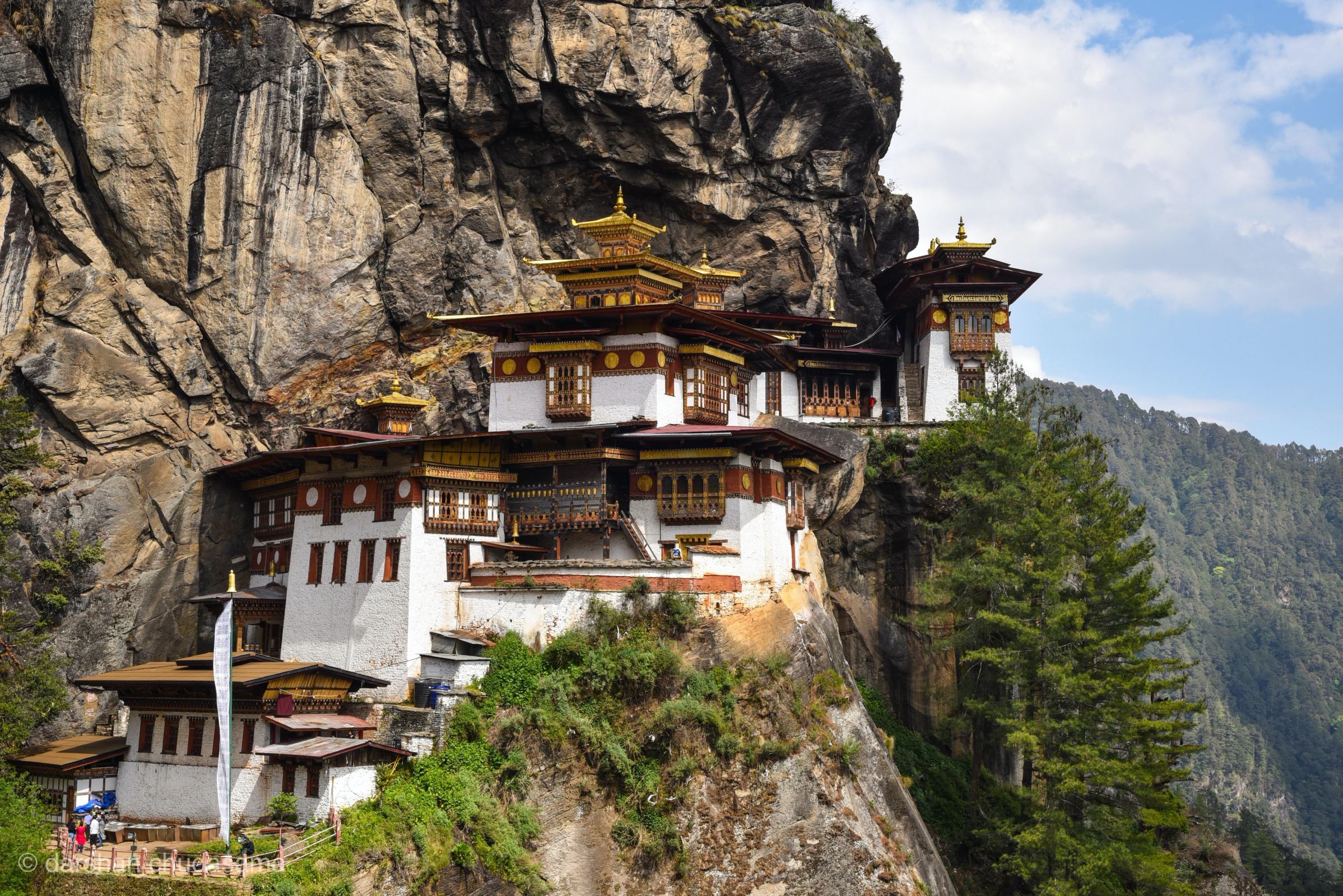
There are few natural sights more jaw-dropping than being dwarfed by the towering rhododendron forests of Eastern Bhutan in spring. “In England our rhododendron trees are 10ft high; in Bhutan they’re 100ft high, and they go for miles and miles, as far as the eye can see,” says entrepreneur, philanthropist and keen hiker Sam Blyth, adding that the forests are one of the great visual experiences of his life.
After the tiny Himalayan kingdom banned tourists for more than two years due to the pandemic (as a result of its actions, it only suffered only a reported 21 COVID-related deaths), it has finally re-opened to tourism in September 2022. Coinciding with this is the re-opening of the Trans Bhutan Trail after a 60-year closure when it had become unsafe.
Famously spiritual and used by religious pilgrims for hundreds of years, the Trans Bhutan Trail stretches from the breadth of the country, 403km from Haa in the west to Trashigang in the east. “It is one of the most beautiful, culturally rich and least-explored trails in the world,” says Blyth.
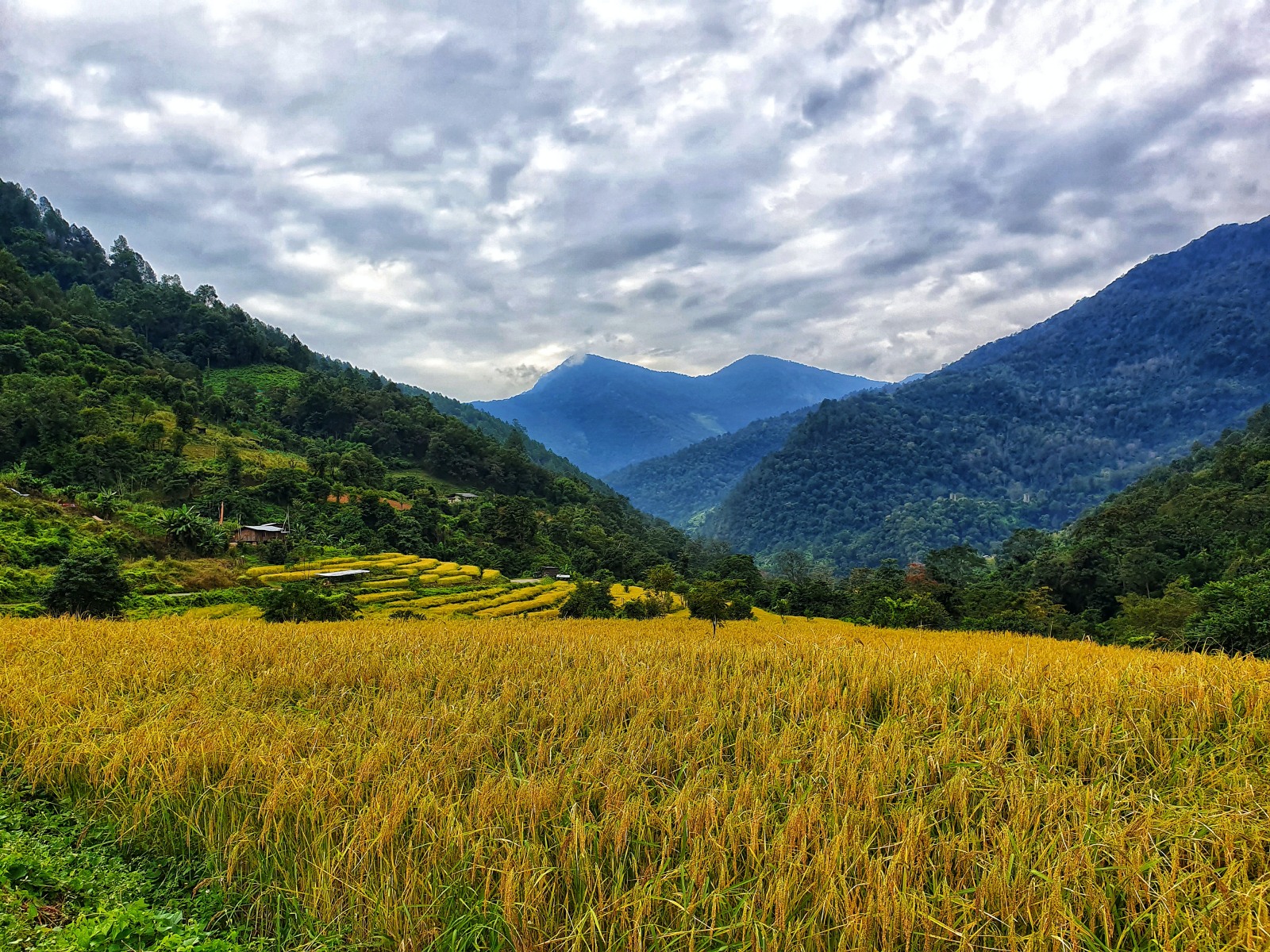
The US$1 million-plus restoration of the trail included reconstructing 18 major bridges and building 10,000 stone steps by hand; some 1,000 people worked on its 28 sections for the last two years, including during a winter monsoon. It was all funded by Blyth, through his Bhutan Canada Foundation, after he sold his Toronto-based private education business, Blyth Academy, in 2018.
“It was a Herculean task,” he admits. “But it meant that villages that had been separated for years were able to see relatives in a quick walk, people were able to return to ancestral farmland. We discovered religious relics and sites that had been grown over.”
It all came about after Blyth was approached with the idea by the King of Bhutan, Jigme Khesar Namgyel Wangchuck, who he has known for years.
“It was his vision,” says Blyth. “He is a big believer in a need for health and wellness, particularly among younger people in Bhutan, and also in nation-building, in recreating a piece of Bhutan’s history that would bring people together from across the country. The trail also represented an opportunity for him to generate employment and keep people in the villages, rather than all leaving for the big cities,” adds Blyth.
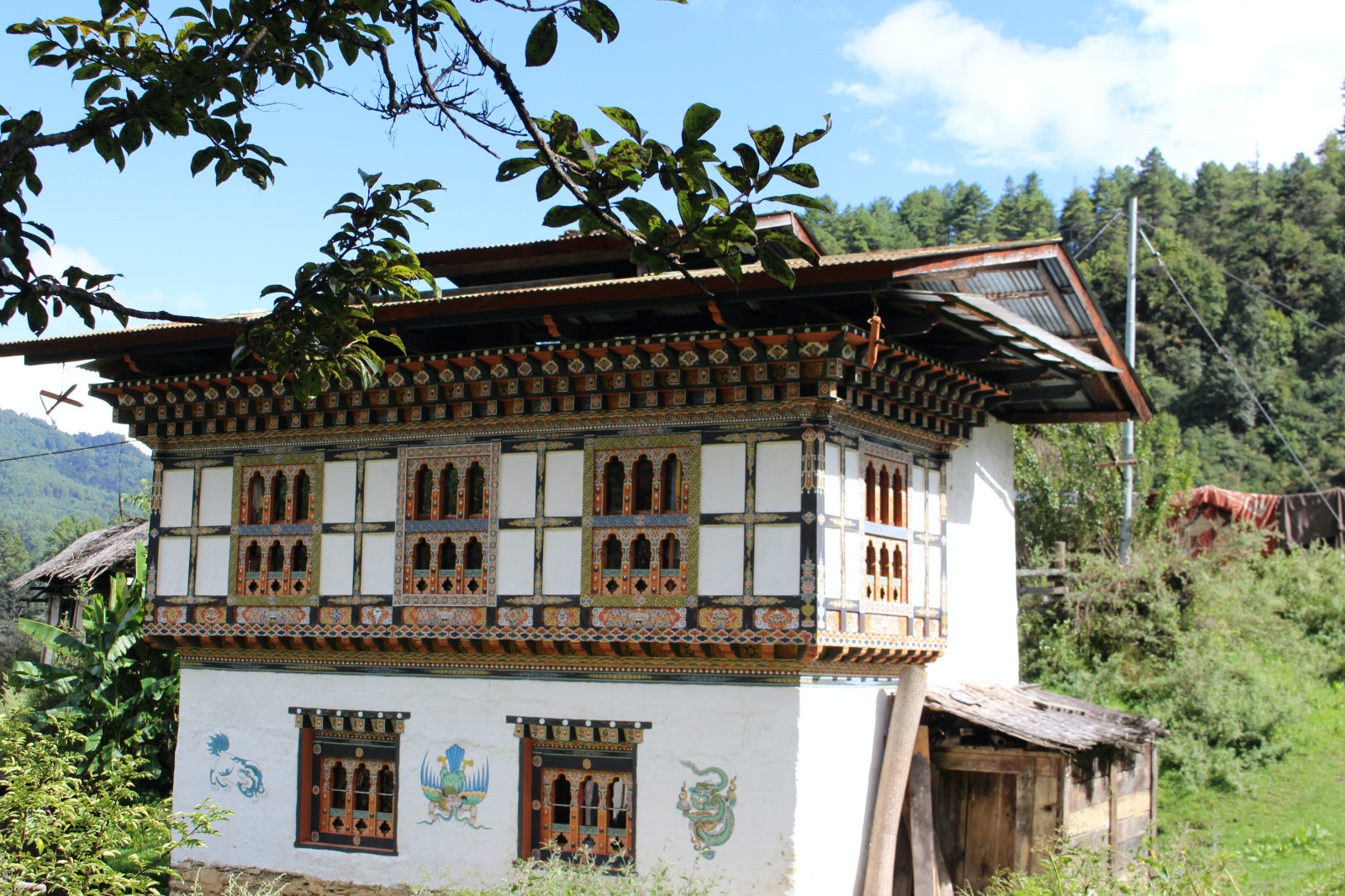
Blyth, who first visited Bhutan in 1988 (on a convoy with former Canadian prime minister Pierre Trudeau) and fell in love with it; a sentiment, he says, most people who have been lucky enough to visit, would echo. But he fell in love not just with its beauty, but with its whole-hearted commitment to prioritising quality of life over profit, through the four pillars of the country’s guiding Gross National Happiness philosophy: good governance; sustainable socio-economic development; cultural preservation; and environmental conservation.
It is no coincidence that Bhutan is the world’s first carbon-negative country, even after factoring in the flights of tourists to get there, providing a blue-print that could be replicated in fighting the global climate crisis. It affords this through its daily US$200 tourism tax, which it uses to offset tourist’s carbon footprint. Some 69 percent of its land is forested according to the UN, and it has strict rules on development; foreigners cannot buy there and even a local resident needs to apply for planning permission before cutting down so much as a single tree, says Blyth.
Already, the Trans Bhutan Trail has been named as one of Time magazine’s World’s Greatest Places of 2022 and Blyth has had bookings from all over the world, mainly to do a three-to-seven-day section walk, rather than the whole 403km trail, which takes about a month. However, there has been interest in doing the whole thing, and even a query about doing it back-to-back. He believes many of us are searching for post-pandemic self-discovery, which he believes can be achieved walking a trail like this.
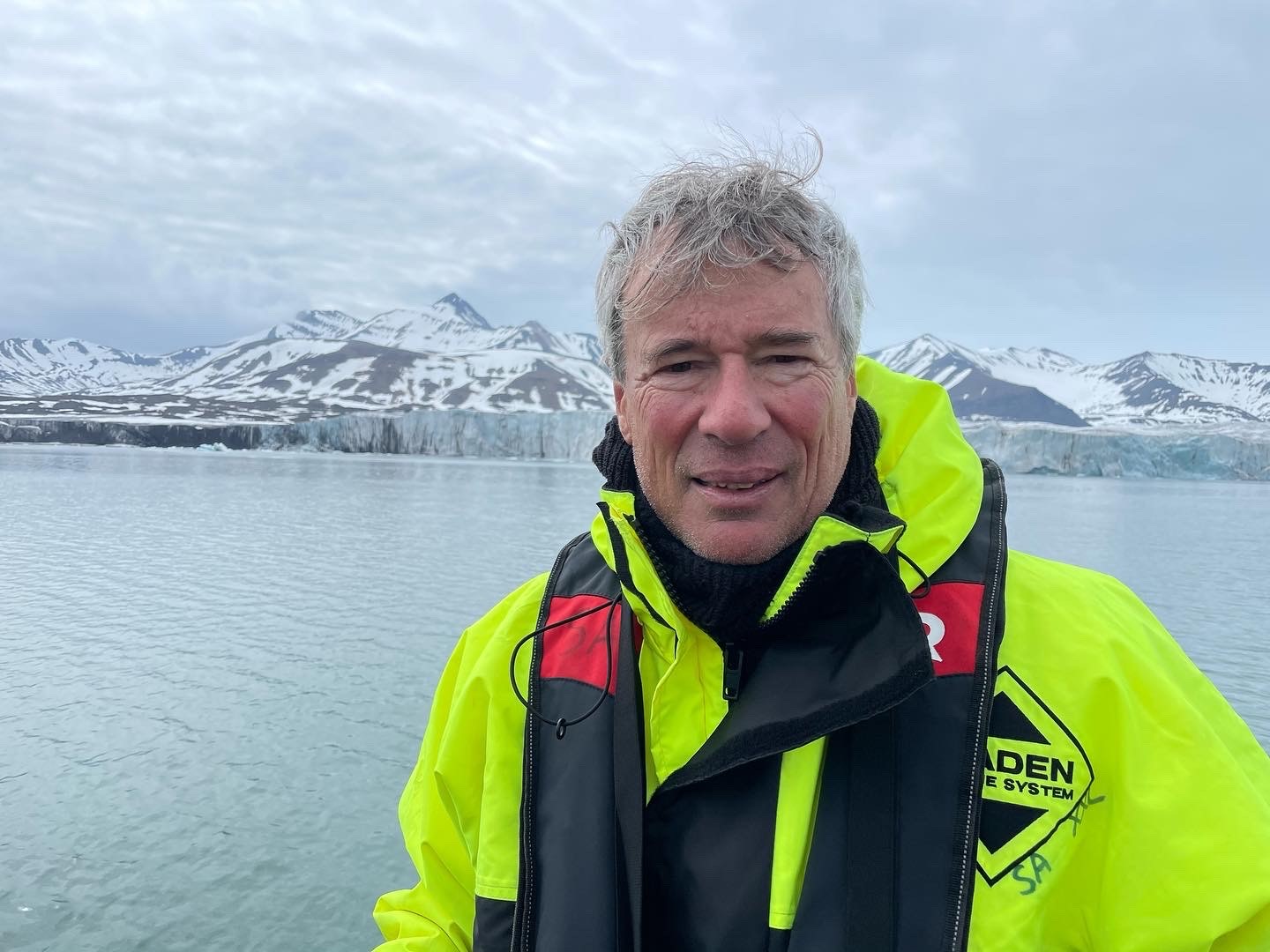
He would know, having hiked the world over, from the UK’s South West Coast Path, which crosses Somerset, Devon, Cornwall and Dorset, to the Camino de Santiago in Spain, and the US Appalachian Trail, which extends from the Springer Mountain in Georgia to Mount Katahdin in Maine, US. Walking in nature is for him, a way of getting much-needed headspace, especially in the early years of setting up a business. “After the first couple of days of getting used to the physical endurance, you just zone out and it becomes a form of meditation. It is the deepest form of relaxation.”
Blyth is proud of the legacy the trail will lead for Bhutanese; he reckons some 2,000 jobs may be created off the back of the trail, including guides, porters and homestays. There are also the jobs created by the several world-class hotels along the way for the deep-pocketed hikers, including the iconic Amankora, several Six Senses lodges and two Como resorts.
Education is also an important element; most of Bhutan’s 770,000 population live close to one of the sections on the trail, so Blyth hopes that it will form a bigger part of their learning. “We would like to build this trail into the curriculum.”
He concludes: “Not only has the trail allowed the Bhutanese to again walk in the footsteps of their ancestors to rediscover generations’ worth of stories and history, it also highlights the kingdom’s core principles concerning the environment and sustainable development. I hope to still be doing it in my 80s and 90s.”
This article originally appeared in Billionaire's Explorer Issue, Autumn 2022. To subscribe contact

